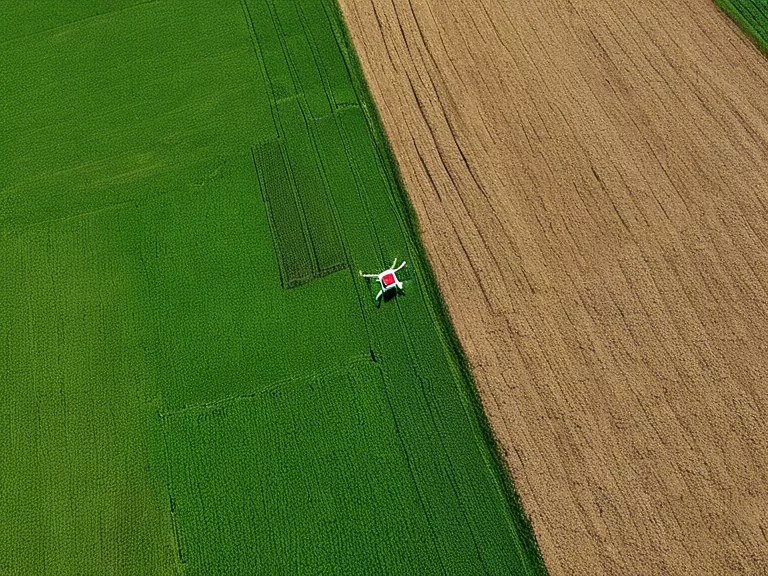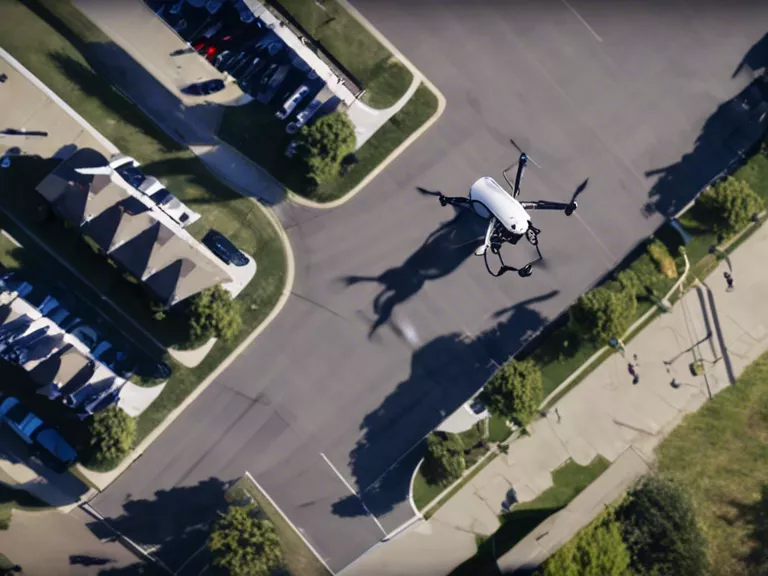
The field of robotics has revolutionized various industries, and one area where its impact is particularly pronounced is construction and infrastructure development. From autonomous construction machinery to versatile drones, robotics technologies are playing a crucial role in improving efficiency and productivity in construction projects.
One of the key ways robotics is enhancing efficiency in construction is through automation. Robots equipped with advanced AI and sensors can perform repetitive tasks at a much faster pace and with greater precision than human workers. This not only speeds up the construction process but also minimizes errors and reduces the risk of accidents on worksites.
Another advantage of robotics in construction is their ability to access hard-to-reach or hazardous areas. Drones, for example, can be used to survey construction sites from above, providing valuable data and insights to project managers. This information can help in planning and decision-making, leading to more efficient construction processes.
Robots are also being used in construction tasks that are labor-intensive or require specialized skills. For instance, robotic arms can be programmed to perform intricate tasks such as welding or bricklaying with precision and consistency. This not only enhances efficiency but also frees up human workers to focus on more complex or creative aspects of the project.
Moreover, robotics technologies are enabling the development of innovative construction materials and techniques. 3D printing robots, for example, can create complex structures with minimal waste, leading to cost savings and sustainability benefits. Similarly, robotic exoskeletons are being used to enhance the strength and endurance of construction workers, allowing them to work more efficiently and safely.
In conclusion, robotics is ushering in a new era of efficiency and productivity in the construction and infrastructure development industry. By leveraging the power of automation, robotics technologies are streamlining processes, improving safety, and driving innovation in the sector.



